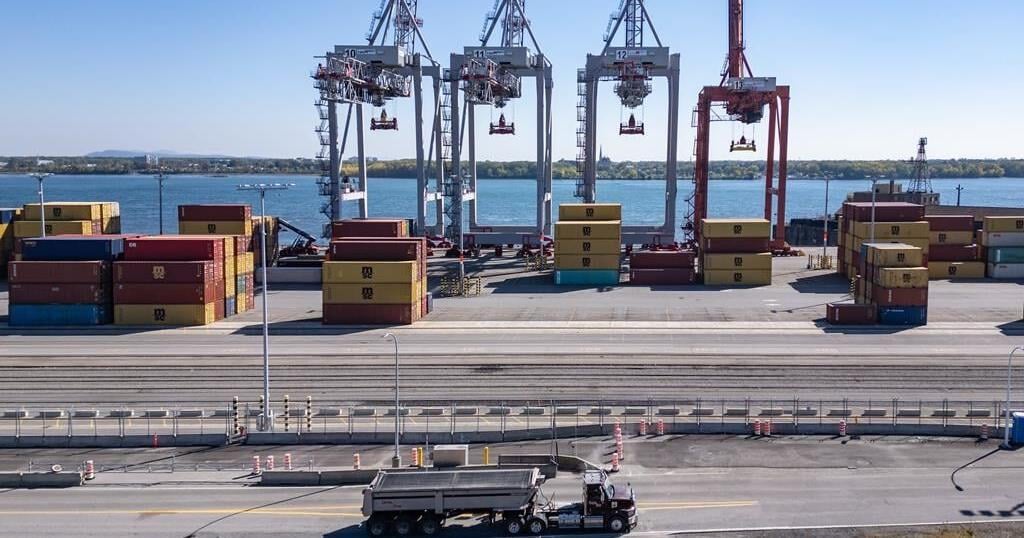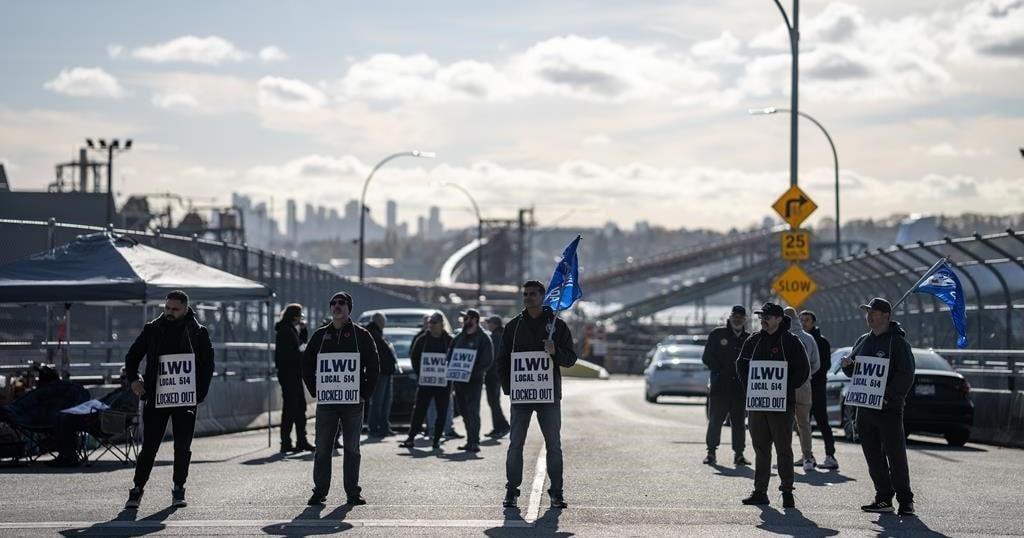Whether it’s to travel the world or just take a breather before moving on to the next chapter, students sometimes pause their educational pursuits for a so-called gap year.
Lately, gap years are more focused on using the time to save for post-secondary tuition, said Michelle Dittmer, president and co-founder of the Canadian Gap Year Association, a non-profit organization that provides resources for students taking or considering a gap year.
“There’s a lot of problem-solving when it comes to the dollars and cents of gap years,” Dittmer said.
“[Young people] have these big, huge goals. They want to do all these things,” she said, “but they don’t have the capital to make it happen.”
Many students take on multiple jobs during their gap yearto fund their time off and save for the future. Some combine work and travel by joining programs such as the federal work-abroad program International Experience Canada, Dittmer said.
Alim Dhanji, a Vancouver-based wealth adviser with Assante Financial Management Ltd.,said a financial plan for students who opt for a gap year doesn’t have to be complex.
It’s about setting goals and pinning down a realistic plan, he said. If the goal is to join a post-secondary program the following year, for example, the time can be used to set aside the right amount of money.
Dhanji added he advises students on how budgets differ while working as opposed to while travelling. If the student is planning to travel, they need to consider additional costs and the likelihood of having to delay their savings goals or having to delay going back to school.
For those who are choosing to work, saving ahead of school could reduce dependence on student loans, he said.
When a gap year is planned well, Dhanji said, “They learn budgeting and financial management skills … if they areearningsome income.”
“This can also provide some valuable lessons for later on in their life,” he added.
Dittmer said younger Canadians who consulted her were typically planning to spend their gap year either applying for scholarships, travelling or finding full-time employment.
A gap year is sometimes a family decision, especially when a student isn’t bearing 100 per cent of the tuition cost, Dittmer said.
Parents may also be concerned that their kids will feel happy to be earning their own money and not want to go back to school, Dittmer said.
She suggested that students who plan to not return to school ask themselves, “What could you realistically earn during that time and what is the trade-off between experience and dollars?”
She explained students shouldn’t only be focused on one aspect of their gap year, such as saving money, but should also think about growing and investing in themselves, such as by taking courses and learning new things.
A 2022 report by Statistics Canada that followed students born in 1984 through graduation and into their early 30s found about 13 per cent of high school students took a gap year before starting post-secondary education.
Among students who completed high school in the early 2000s and later enrolled in a bachelor’s degree program, the gappers earned about 12 per cent less in total between the ages of 17 and 31 compared with their peers who didn’t break their educational stride.
But gappers who went for diplomas or certificates earned more than the non-gappers during the same period of time.
While a gap year could provide a solid foundation for the future, students may worry they’re going to fall behind when they resume their studies.
“Young people are concerned that they are going to be (older) than their peers because they have taken time off,” Dittmer said.
The illusion tends to fade away when students share the program with others much older and much younger than them, she added.
“The reality is that they’ll be able to make friends and work alongside people of any age when they return back to school,” Dittmer said.
Another myth is that students will forget how to study during their year off, but Dittmer likens studying to riding a bike.
“If you haven’t ridden a bike in 10 years, when you get back on, you’re going to be a little bit wobbly but it will come back to you,” she said.
Dittmer said a gap year can be the year for a better financial foundation for some and a stronger mental health foundation for others, depending on what the student is looking for.
“It really is a tool that more people should explore so that they are ready and are making better choices for their future,” Dittmer said.
This report by The Canadian Press was first published Aug. 27, 2024.
























